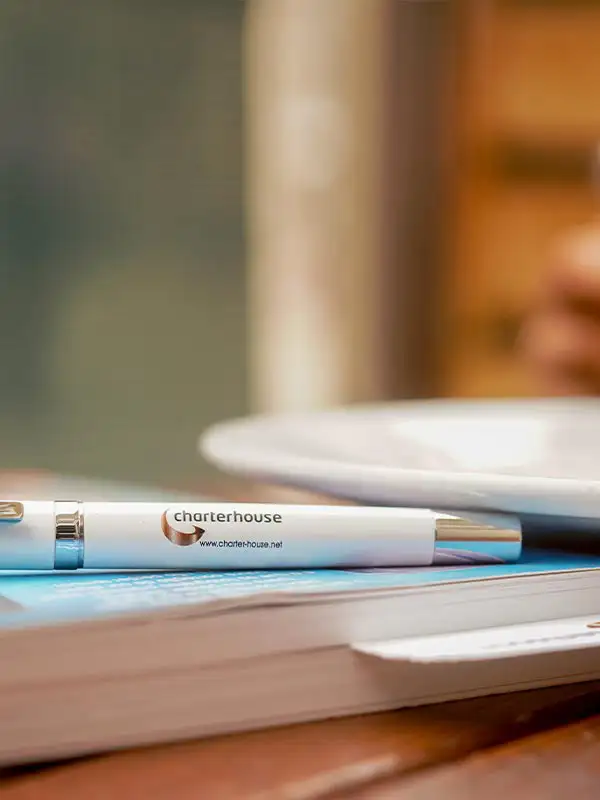Government abolishes basis period rules for profit reporting, affecting thousands of sole traders and partnerships.
What does it mean to you and your business?
What’s Changing?
From April 2024, HM Revenue and Customs (HMRC) is altering the way that profits are reported for tax purposes. Unlike before, when you could report profits based on your business’s accounting year, you will now need to align this with the tax year, which ends on April 5th. This is expected to simplify the process but might lead to larger tax bills in the short term for some.
Who is Affected?
These changes specifically impact self-employed individuals and partners who do not align their accounting year with the end of the tax year (March 31st to April 5th). It’s estimated that over half a million businesses are in this category.
What Does This Mean for You?
If your business’s accounting year end does not align with the tax year, you may be required to report and potentially pay tax on a larger amount of income during the transition period for the 2023-24 tax year. This could result in paying tax on more than one year’s profit in your upcoming tax bill.
How We Can Help
We can assist you in several ways:
1) Understanding Your Tax Position: We can calculate the additional tax you may owe because of this change.
2) Cash Flow Management: We’ll help ensure you have funds set aside to cover any additional tax liabilities.
3) Spreading the Tax Burden: HMRC allows you to spread the excess tax payment over five years, and we can guide you on how to take advantage of this relief.
4) Accounting Period Adjustment: We can evaluate if it’s beneficial for you to change your accounting period to match the tax year end.
Here is an example of how this have an impact:
Profits in standard and transition part
Farmer Giles has a year end of 30 September, has been trading for some years and has overlap profits of £5,000. His profits are as follows:
30 September 2022 – £10,000
30 September 2023 – £20,000
30 September 2024 – £40,000
30 September 2025 – £15,000
Looking at each tax year in turn:
2022/23
In 2022/23 he will be taxed on the profits for the year ended 30 September 2022 – £10,000. For the purposes of this example we assume he does not opt to average with the previous year.
2023/24
In 2023/24, which is the transition year, he would absent basis period reform have been taxed on profits in the year ended 30 September 2023 – £20,000.
Under the new rules however, in 2023/24 he will be assessed on the profits of the standard part (defined by the current year basis) plus his transition profit (profits of the transition part after overlap relief and spreading).
Taxable profits for 2023/24 before averaging will therefore be:
|
Year ended 30 September |
£20,000 |
|
Plus transition profit: |
|
|
Six months* of y/e 30 September 2024 |
£20,000 |
|
Less: Overlap relief |
(£5,000) |
|
|
£15,000 |
|
|
|
|
Spread over maximum 5 years = (£15,000/5) = |
£3,000 |
|
Total taxable profits |
£23,000 |
(* Note that the legislation requires apportionment on a day basis, but we have used months for simplicity in this example.)
For the purposes of averaging, any transition profit brought into account (i.e. the £3,000 this year) is ignored. Only the standard part of £20,000 is considered.
Averaging is permitted, as £10,000 is less than 75% of £20,000
The profits for 2022/23 will be reassessed as if he had taxable profits of £15,000
(being the £10,000 for 2022/23 and the £20,000 standard part profit from 2023/24 added together and divided by two).
The assessable profits of 2023/24 will be £15,000 plus the transition profit of £3,000, making £18,000 in total.
2024/25
We are now in the new rules, so Farmer Giles’ profits are calculated by apportionment (again we are using months for simplicity, a proper calculation would use days):
|
Six months of the year ended 30 September 2024: |
£20,000 |
|
Six months of the year ended 30 September 2025: |
£7,500 |
|
Total |
£27,500 |
|
Plus spread element of transition profits |
£3,000 |
|
Taxable profits (pre averaging) |
£30,500 |
For the purposes of averaging, we again ignore any transition profits.
We are therefore required to compare the £27,500 above with the 23/24 figure of £15,000 (being the assessable profits after averaging with 22/23, ignoring transition profits). As £15,000 is less than 75% of £27,500, averaging is permitted.
The profits for 2023/24 will be reassessed as:
|
Average for 23/24 and 24/25, ignoring transition profits = (£15,000+£27,500)/2 = |
£21,250 |
|
Plus spread element of transition profits |
£3,000 |
|
Total taxable profits |
£24,250 |
The assessable profits for 2024/25 will also be £24,250 (i.e. the average of £21,250 plus the £3,000 of spread transition profits brought in).
Please rest assured that while these changes may seem daunting, we are here to help you navigate through them. Our goal is to minimise any disruption to you and ensure that you are fully informed and prepared.
To read more about the changes click here.
We recommend scheduling a meeting to discuss how these changes specifically impact your business and to plan accordingly. Please call us on 020 8863 4566 to arrange a consultation at your earliest convenience or contact us.
